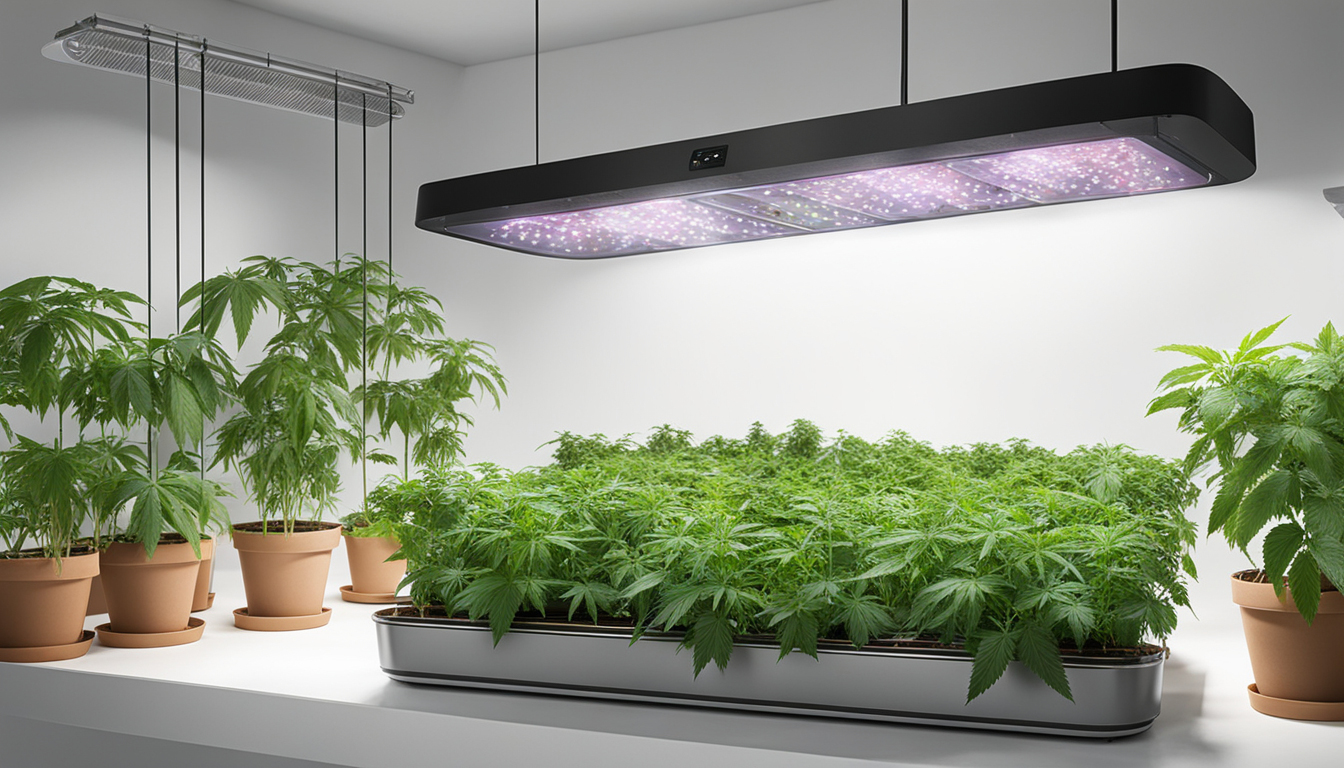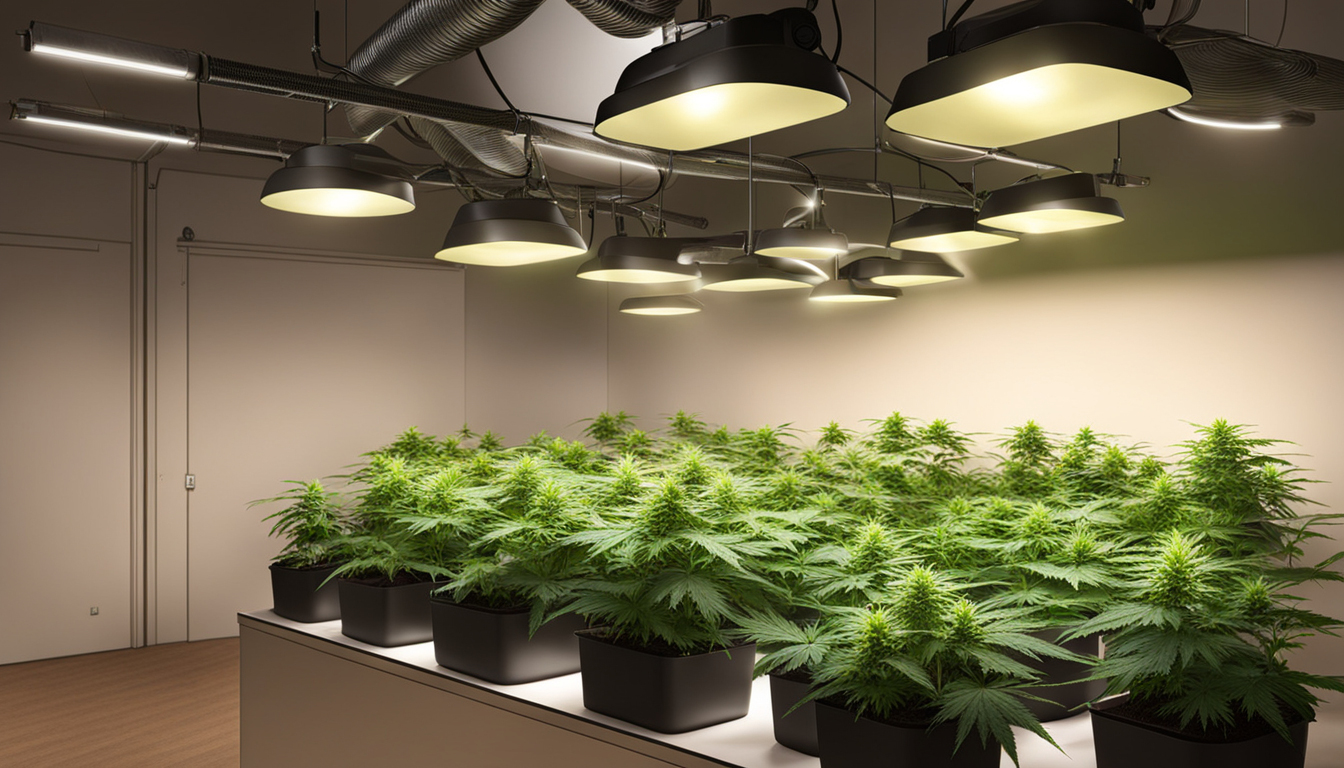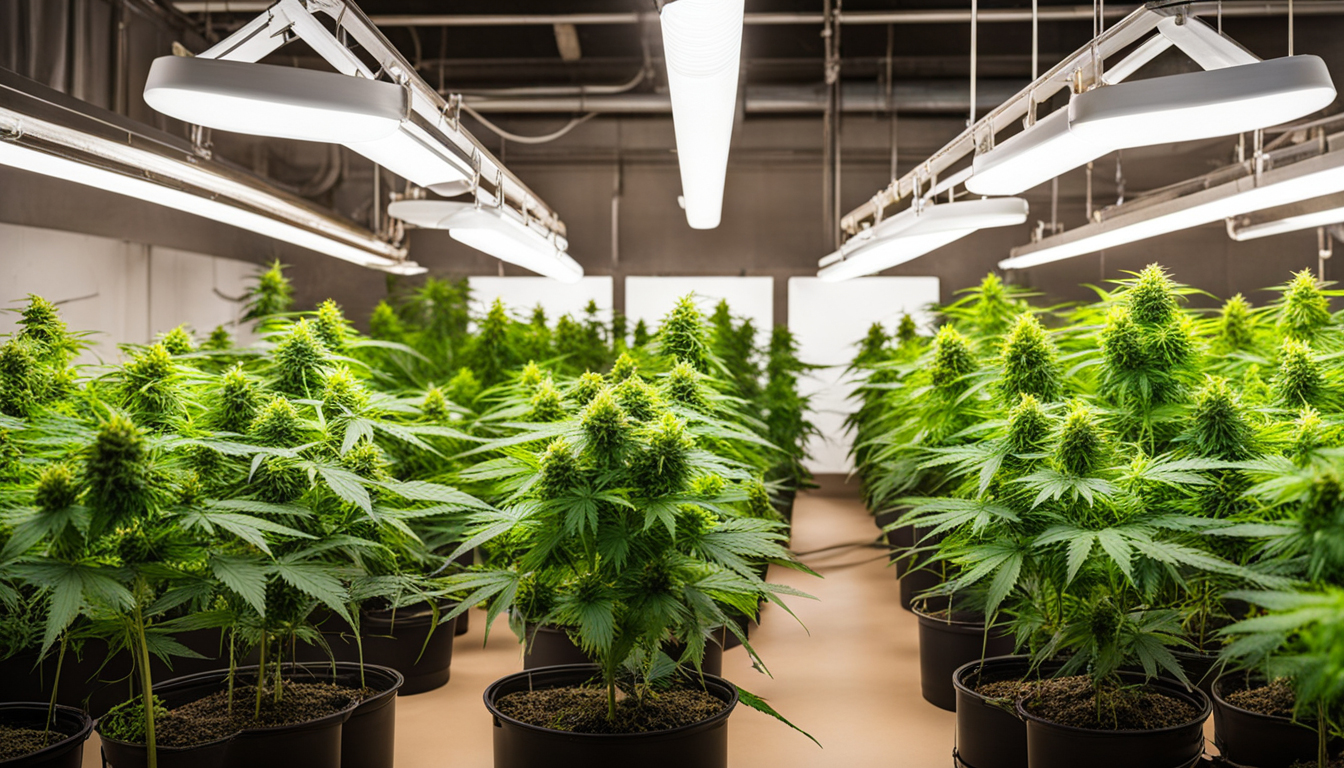
Whether you're just starting out with pot cultivation or looking to improve your existing crop, following this complete guide will help you produce big, high-quality yields right at home. With the right supplies, techniques, and care, growing marijuana indoors can be an extremely productive and cost-effective endeavor.
Choosing Cannabis Strains
The first step in planning your indoor grow is selecting the right marijuana cultivars to produce. The three main types of cannabis plants each have their own characteristics.
Energizing strains
Known for their uplifting mental effects, sativas grow tall and slender with narrow leaves. They thrive in hotter equatorial climates and have a longer flowering time between 2.5-3 months indoors. Top energizing strains include Sour Diesel, Durban Poison, and Jack Herer.
Indicas
Indicas provide relaxing full-body effects and spread short and bushy with wide leaves. Accustomed to colder mountain climates, they bloom faster within 2-2.25 months. Popular relaxing varieties include Northern Lights, Bubba Kush, and Bubba Kush.
Mixed strains
Mixed varieties mix traits from both energizing strains and indicas. They offer combined effects and have moderate flowering periods around 9-10 weeks. Well-known hybrids are Blue Dream, OG Kush, and Blue Dream.

Setting Up Your Grow Space
Pot plants need the right controlled environment to succeed. Key factors for indoor farms are lighting, ventilation, layout, and finding the ideal discreet area.
Location
Choose an available space with quick access to water and electrical outlets. An empty spare room, large closet, corner of the basement, or cultivation tent tucked away in a garage all make great stealthy cultivation room spots.
Lights
Weed requires intense light for all vegetative stages. LEDs are energy-efficient and come in full spectrum options replicating real sunlight. Provide 250-400 watts per square foot for the vegetative stage and 400-600 watts per sq. ft. for flowering.
Ventilation
Proper ventilation and exhaust systems keep ideal temperature, humidity, and pure CO2 levels. Set up quiet 10-15 cm blowers or carbon filters to refresh old air and reduce odors.
Layout
Optimize your space by positioning plants strategically under the lamps and allowing room to access and work around them. Set up distinct zones for vegetation, flowering, curing, and cloning.

Cultivation Mediums
Marijuana can be grown in different substrates, each with pros and cons. Pick a appropriate option for your specific setup and cultivation style.
Soil
The classic substrate, soil is affordable and simple for new growers. It provides great taste but requires more irrigation and nutrients to nourish plants. Enrich soil with perlite or coir to enhance drainage.
Coconut coir
Made from coir, reusable coconut fiber retains water but still lets in air to the roots. It's more sterile and more predictable than soil. Use coir-specific nutrients to avoid accumulation.
Hydroponics
In water systems, plant roots develop directly in fertilizer irrigation solution. This allows quick development but needs close observation of solution chemistry. Deep water culture and irrigation systems are popular techniques.
Germinating Seeds
Sprouting activates your marijuana seeds to start sprouting taproots. This readies them for planting into their growing medium.
Towel Method
Put seeds between moist paper towel and keep them moist. Inspect after a week for emerging taproots showing germination is complete.
Planting directly
Insert seeds directly into pre-moistened cultivation medium 1⁄4 inch deep. Gently water and wait 1-2 weeks until seedlings break through the surface.
Rockwool Cubes
Soak cubic rockwool starters in balanced water. Insert seeds 6mm deep into the cubes. Keep cubes wet until seedlings emerge within 1-14 days.
Repotting Young plants
Once sprouted, weed young plants need to be transplanted to avoid crowding. Move them into proper sized pots.
Preparing Containers
Fill large containers with cultivation medium amended with slow-release nutrients. Let pots to soak up water overnight before transplanting.
Carefully Transplanting
Carefully loosen young roots from sprouting medium using Find Out More a spoon. Place into pre-soaked pot at same depth as before and lightly water in.
Vegetative Stage
The vegetative stage encourages foliage and plant form through 3/4 to full day of daily light exposure. This stage usually lasts 4-8 weeks.
Using 3/4 to full day of Lighting
Use lamps on a 24 hour cycle or natural sunlight to trigger constant growth. Lamp output influences size and internodal spacing.
Fertilizing
Use vegetative growing indoor stage nutrients higher in nitrogen. Make sure pH remains around 5.8-6.3 for full fertilizer uptake. Fertilize 1⁄4 to 1⁄2 strength after 2 weeks and increase gradually.
Training Techniques
Topping, low stress training, and scrogging manipulate growth patterns for even canopies. This boosts yields.

Bloom Stage
The blooming stage grows buds as plants show their sex under a 12/12 light timing. It lasts 2-3 months based on strain.
Changing Light Schedule
Switch lamps to 12/12 or move outdoors for natural 12 hour cycle. This triggers plants to start flowering.
Stop Fertilizing
Leaching flushes out nutrient salts to improve flavor. Fertilize lightly the first period then just use plain water the final 2 weeks.
Flushing
Maintain 12 hour photoperiod but leach using pH-balanced water only. Resume clean watering if buds aren't yet mature after two weeks.
Harvesting
Recognizing when marijuana is fully ripe ensures peak potency and aroma. Harvest plants at optimal ripeness.
Identifying Ripeness
Look for fading pistils, swelling calyxes, and 5-15% amber trichomes. Check buds around the plant as they won't all mature evenly.
Cutting Plants
Use sterilized, razor-sharp trimming scissors to carefully cut each plant at the base. Keep several inches of stem attached.
Curing
Hang whole plants or colas upside down in a lightless room with moderate temperature and RH around 45-65% for 7-14 days.
Aging
Aging continues desiccating while aging the buds like fine wine. This technique smooths bitterness and intensifies terpene and terpene profiles.
Curing containers
Trim dried buds from branches and place into glass jars, packing about 3⁄4 full. Use a sensor to monitor jar moisture.
Opening jars daily
Open containers for a short time daily to slowly reduce humidity. Rehydrate buds if RH drops below 55%.
Final Cure
After 14-21 days when humidity levels off around 55-60%, do a last trim and keep forever in sealed jars.
Troubleshooting
Even seasoned growers run into different weed plant problems. Detect problems early and fix them properly to keep a healthy garden.
Poor feeding
Yellowing leaves often signify insufficient nitrogen. Anthocyanins and leaves show low phosphorus. Check pH and boost nutrients slowly.
Pests
Thrips, aphids, fungus gnats, thrips, and grow light guide root aphids are frequent weed pests. Use organic sprays, ladybugs, and yellow traps for natural control.
Powdery mildew
High moisture encourages botrytis and bud rot. Increase airflow and venting while lowering humidity under 50% during flowering.

Summary
With this complete indoor pot cultivation guide, you now have the knowledge to cultivate bountiful potent buds for personal grows. Apply these steps and techniques during the seed starting, vegetative, and bloom stages. Spend in quality equipment and closely check on your plants. In time, you'll be rewarded with frosty fragrant buds you raised yourself under the patient guidance of your green thumbs. Happy growing